Intel doesn't have a ton to show for its dedicated GPU efforts yet.
After much anticipation, many delays, and an anticipatory apology tour for its software quality, Intel launched its first Arc GPUs at the end of 2022. There were things to like about the A770 and A750, but buggy drivers, poor performance in older games, and relatively high power use made them difficult to recommend. They were more notable as curiosities than as consumer graphics cards.
The result, after more than two years on the market, is that Arc GPUs remain a statistical nonentity in the GPU market, according to analysts and the Steam Hardware Survey. But it was always going to take time—and probably a couple of hardware generations—for Intel to make meaningful headway against entrenched competitors.
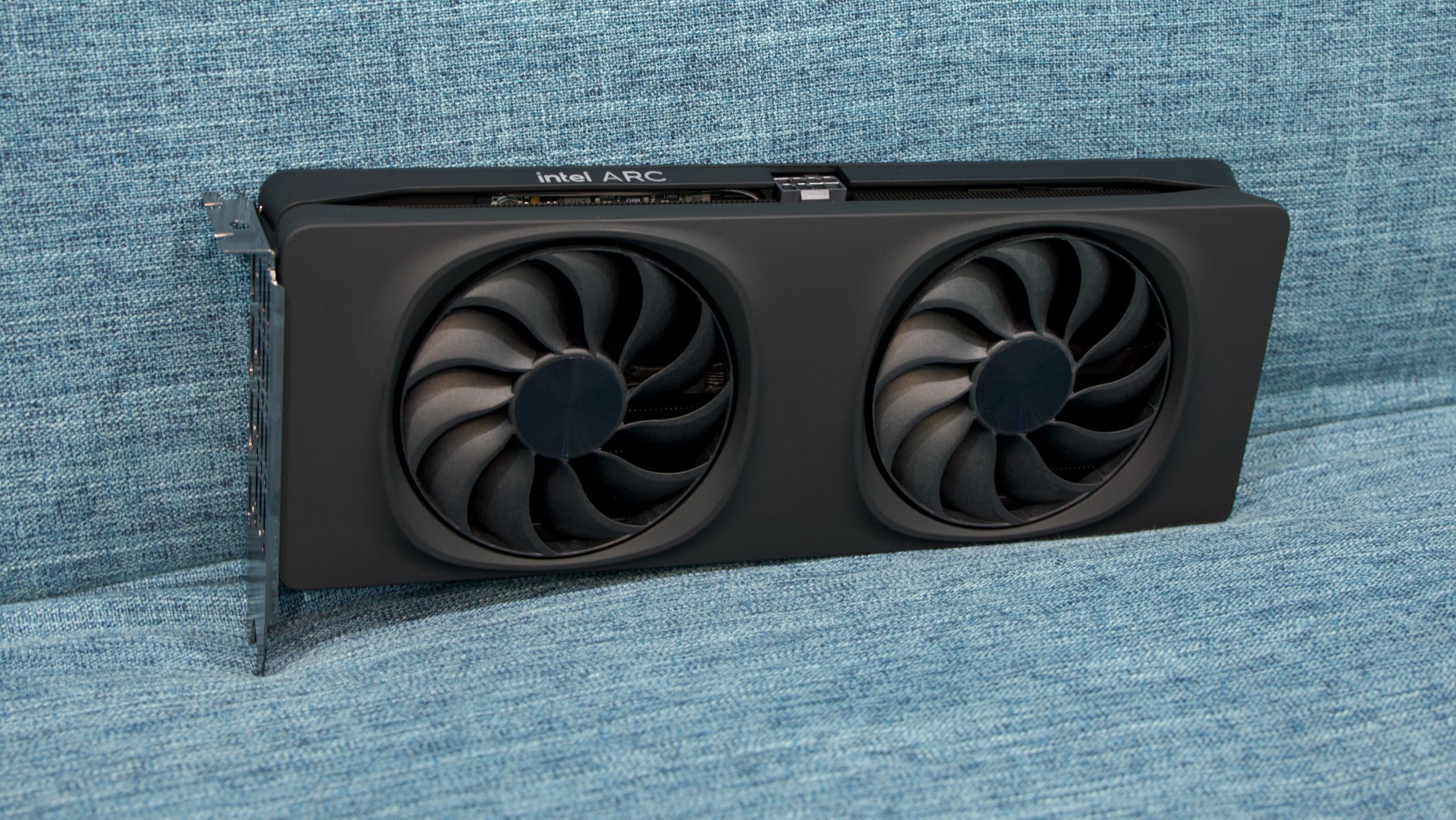
The new Arc B580 card, the first dedicated GPU based on the new "Battlemage" architecture, launches into the exact same "sub-$300 value-for-money" graphics card segment that the A770 and A750 are already stuck in. But it's a major improvement over those cards in just about every way, and Intel has gone a long way toward fixing drivers and other issues that plagued the first Arc cards at launch. If nothing else, the B580 suggests that Intel has some staying power and that the B700-series GPUs could be genuinely exciting if Intel can get one out relatively soon.
Specs and testbed notes
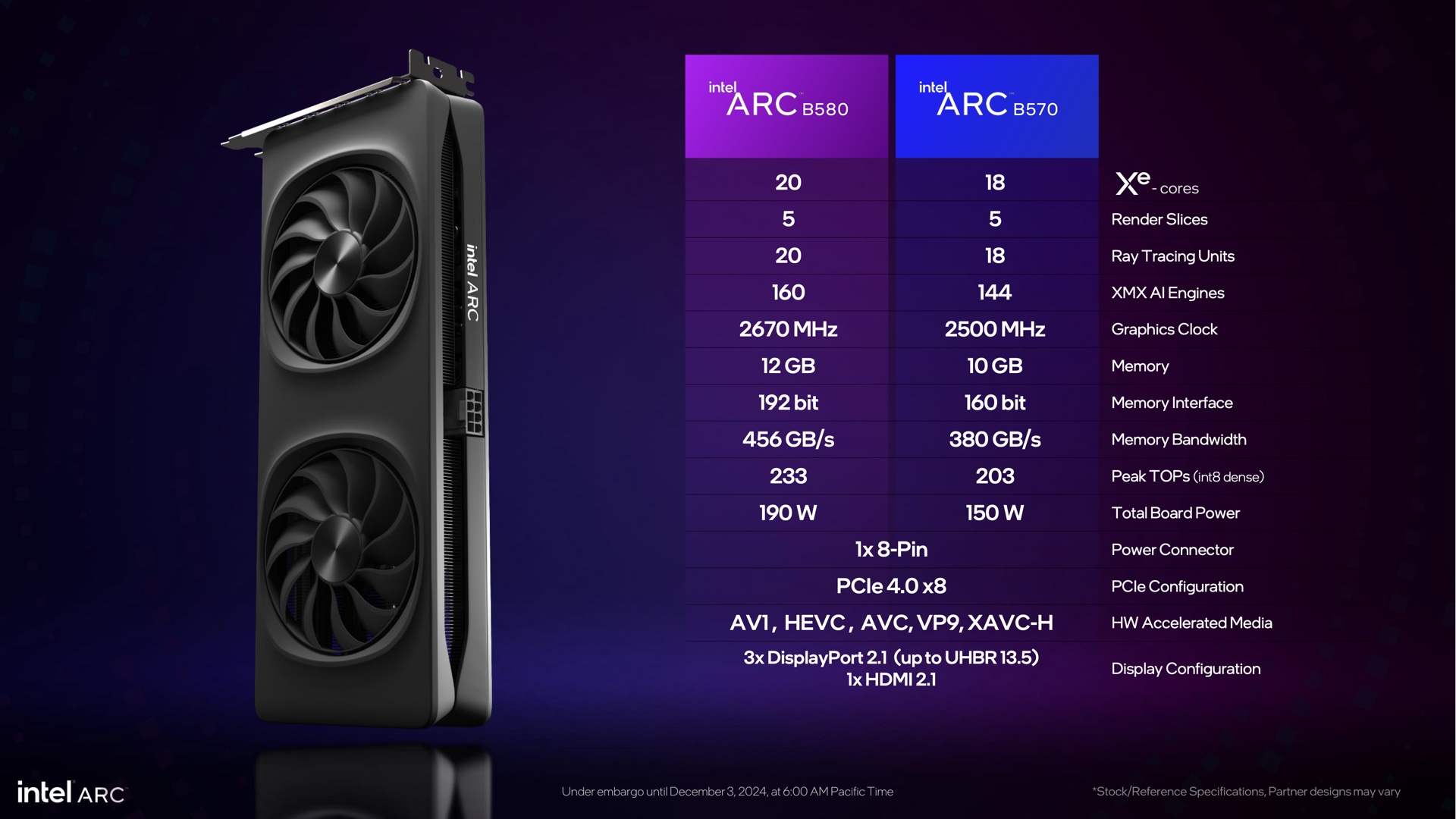
The Arc B580 and Arc B570 lead the charge for the Battlemage generation. Both are based on the same GPU silicon, but the B580 has a few more execution resources, slightly higher clock speeds, a 192-bit memory bus instead of 160-bit, and 12GB of memory instead of 10GB.
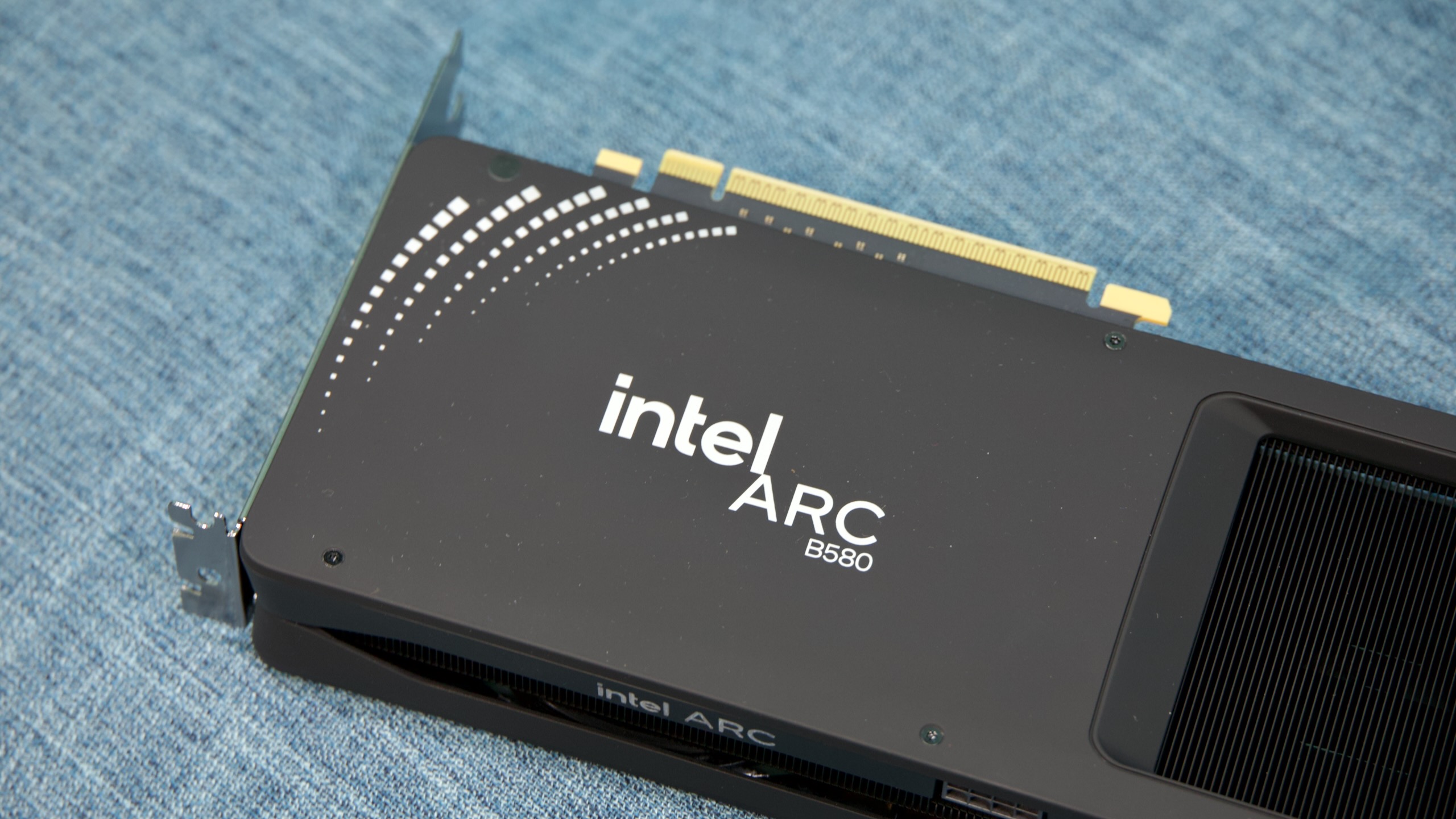
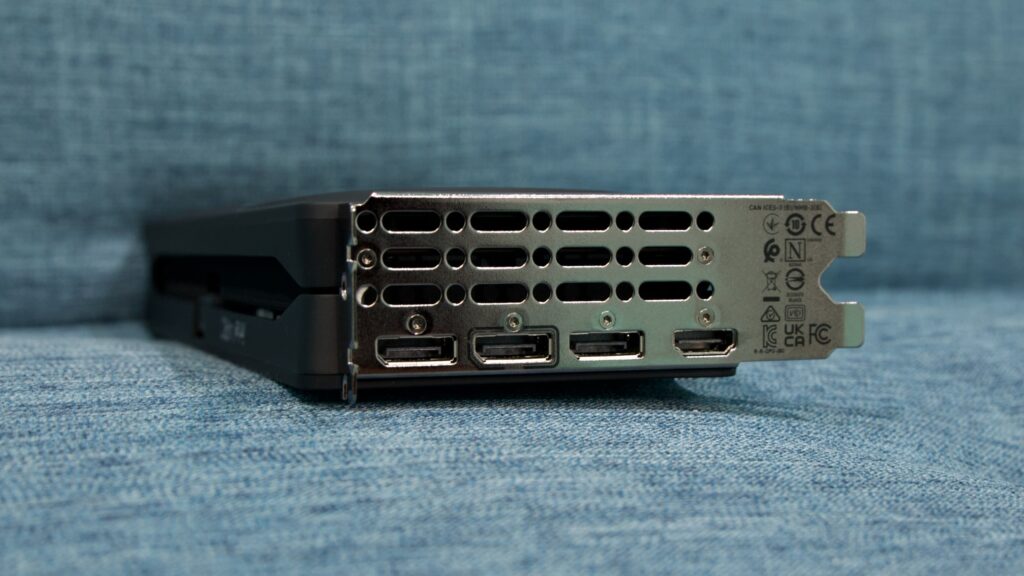
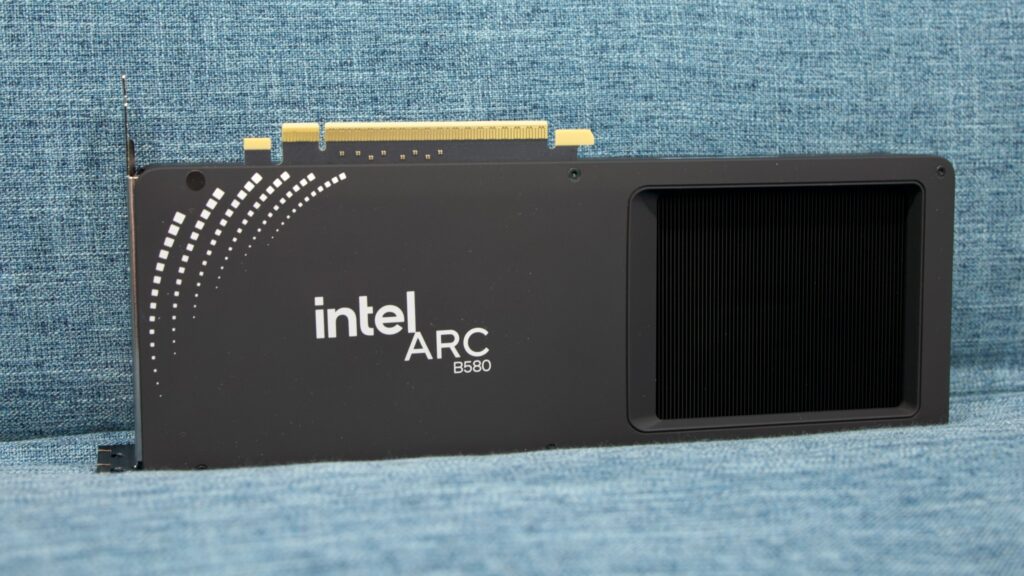
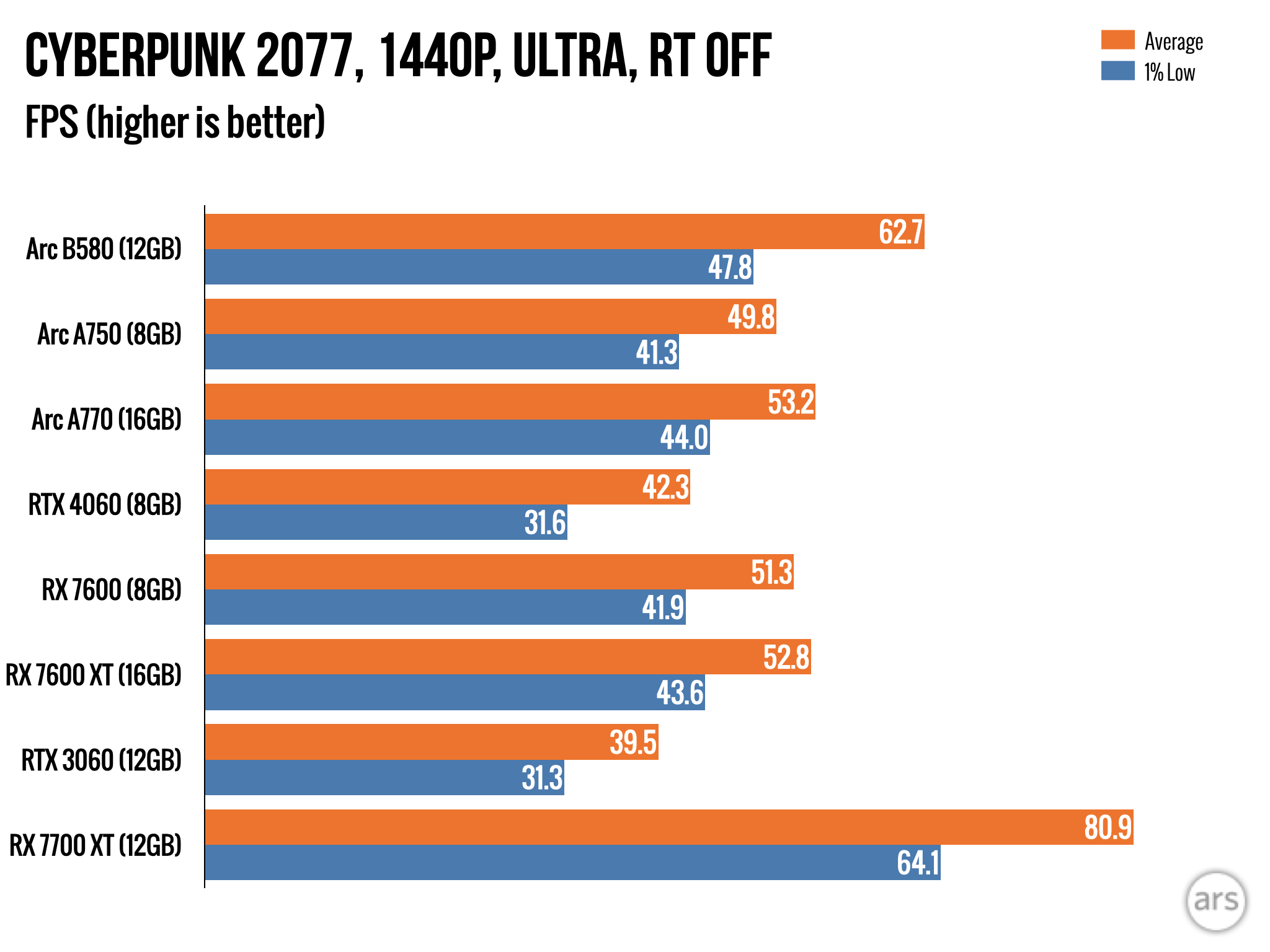
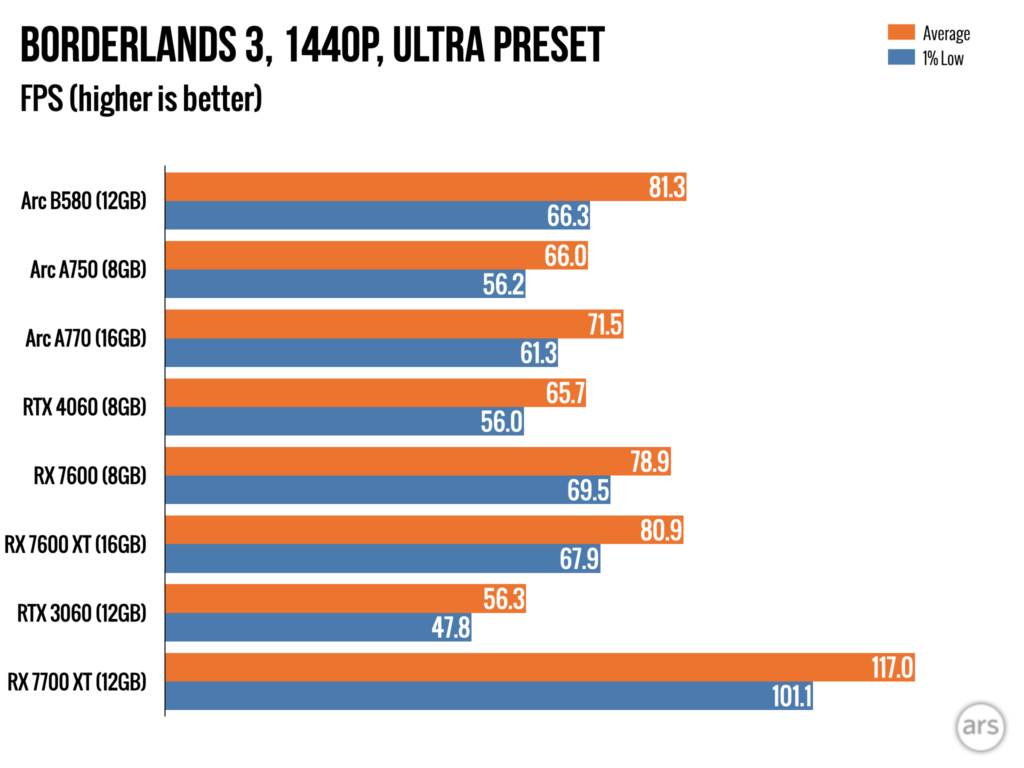
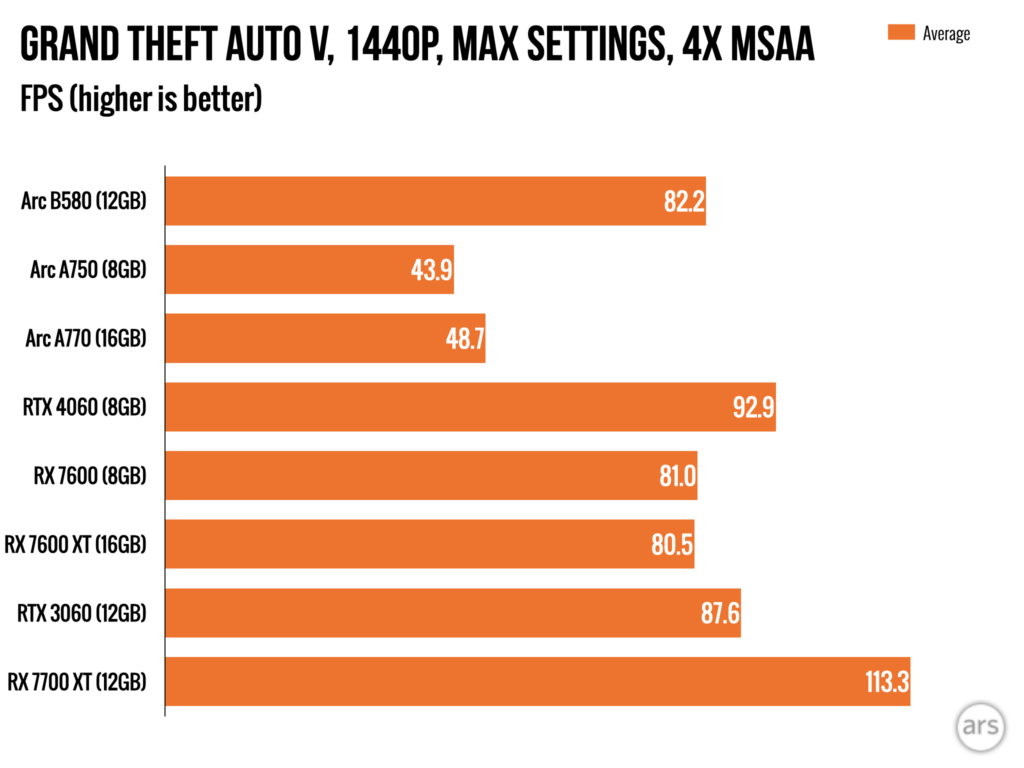
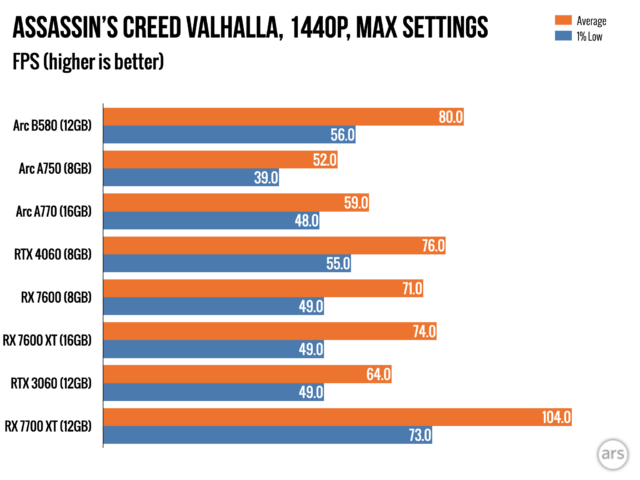
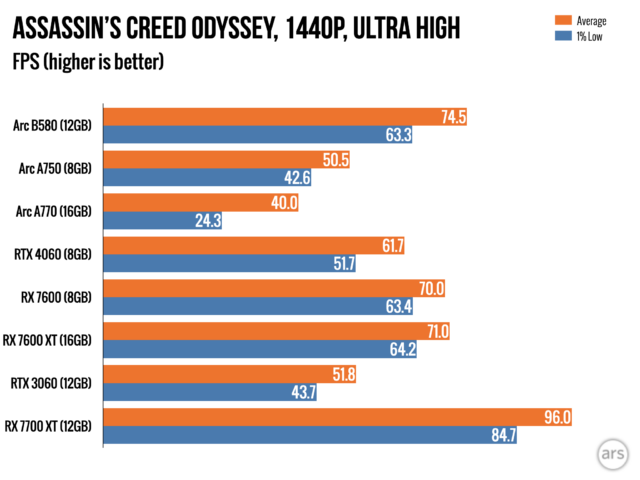
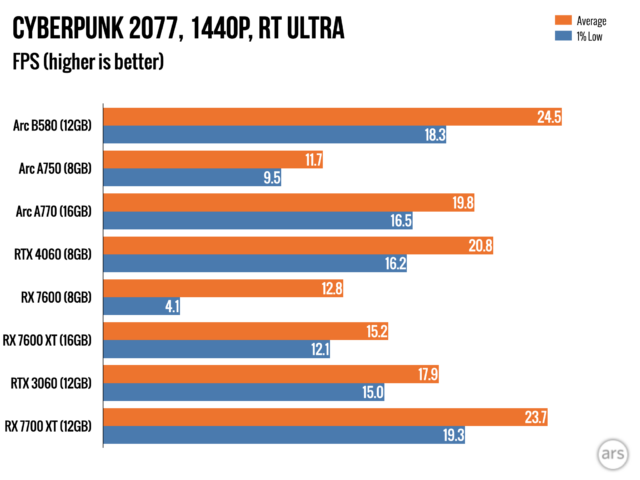
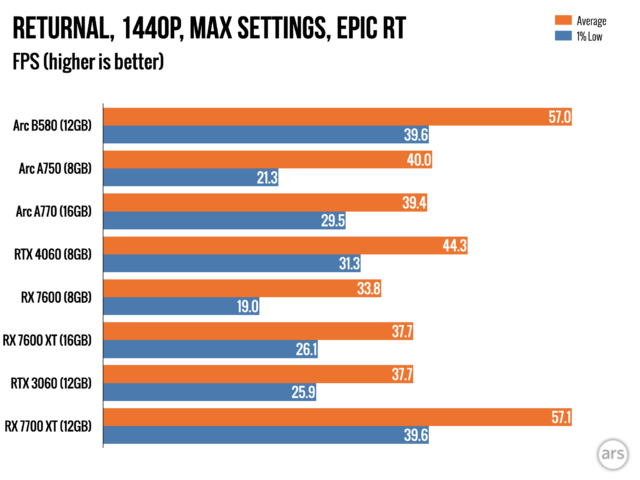
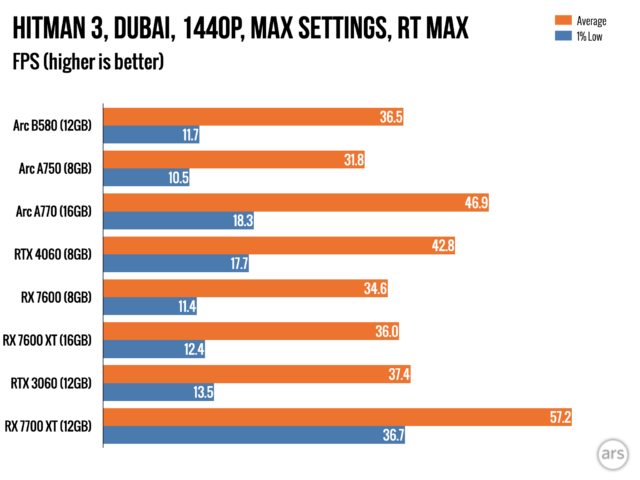
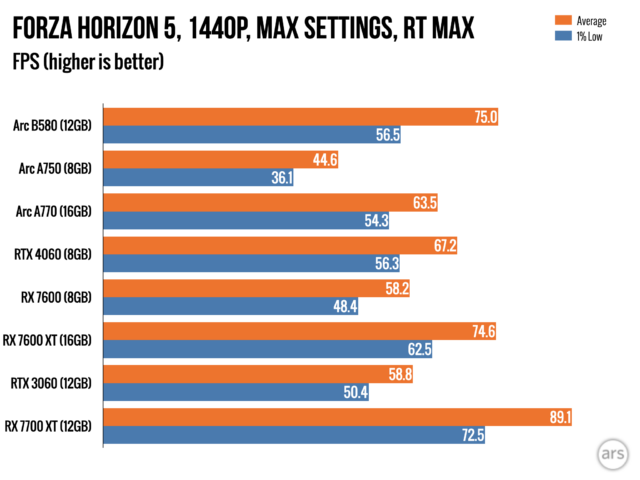
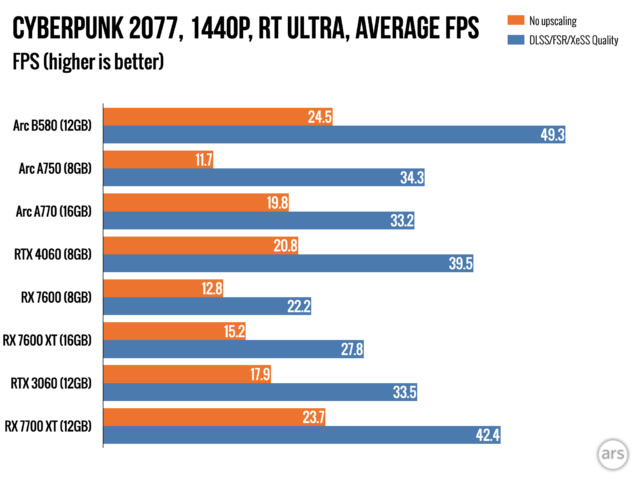
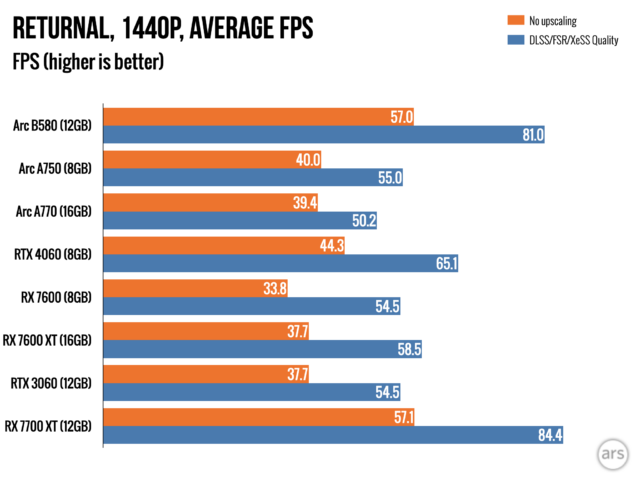
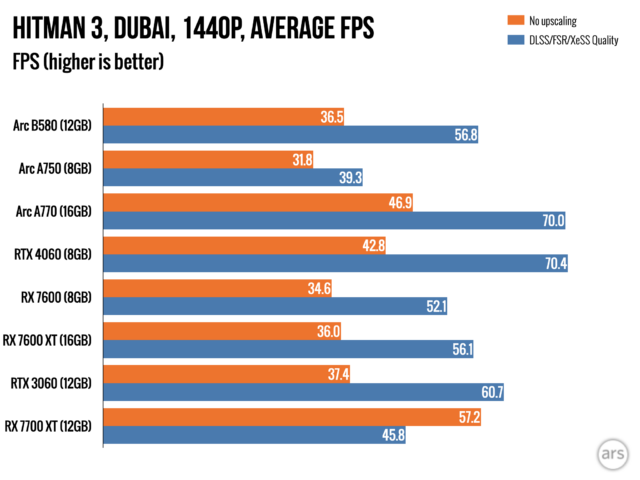
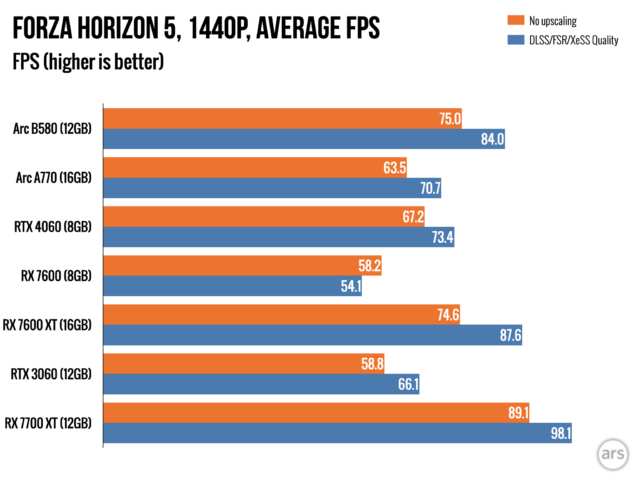
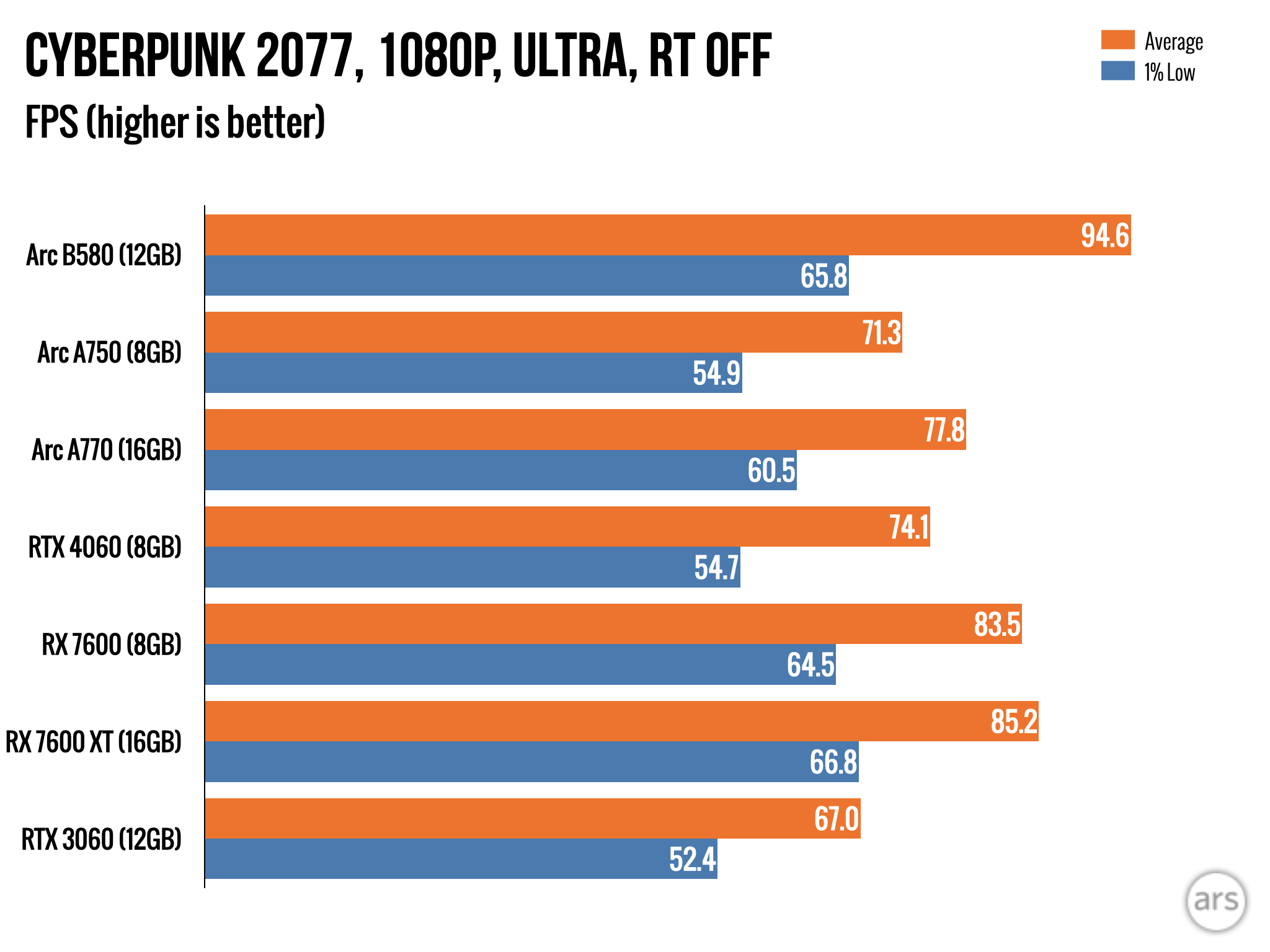
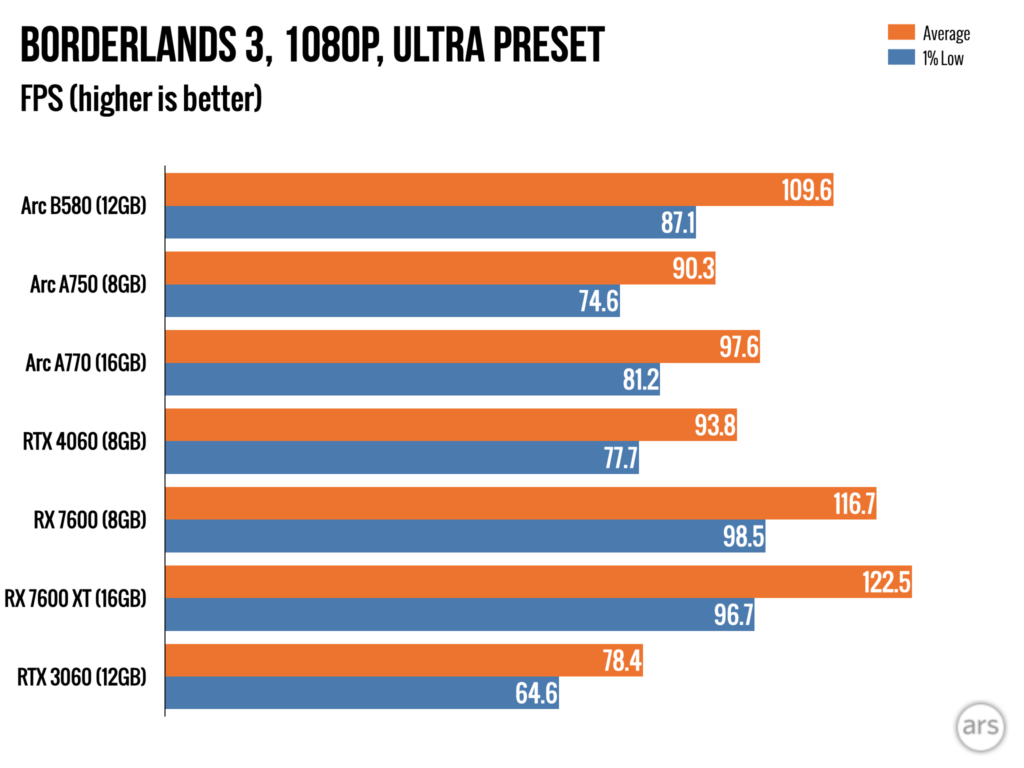
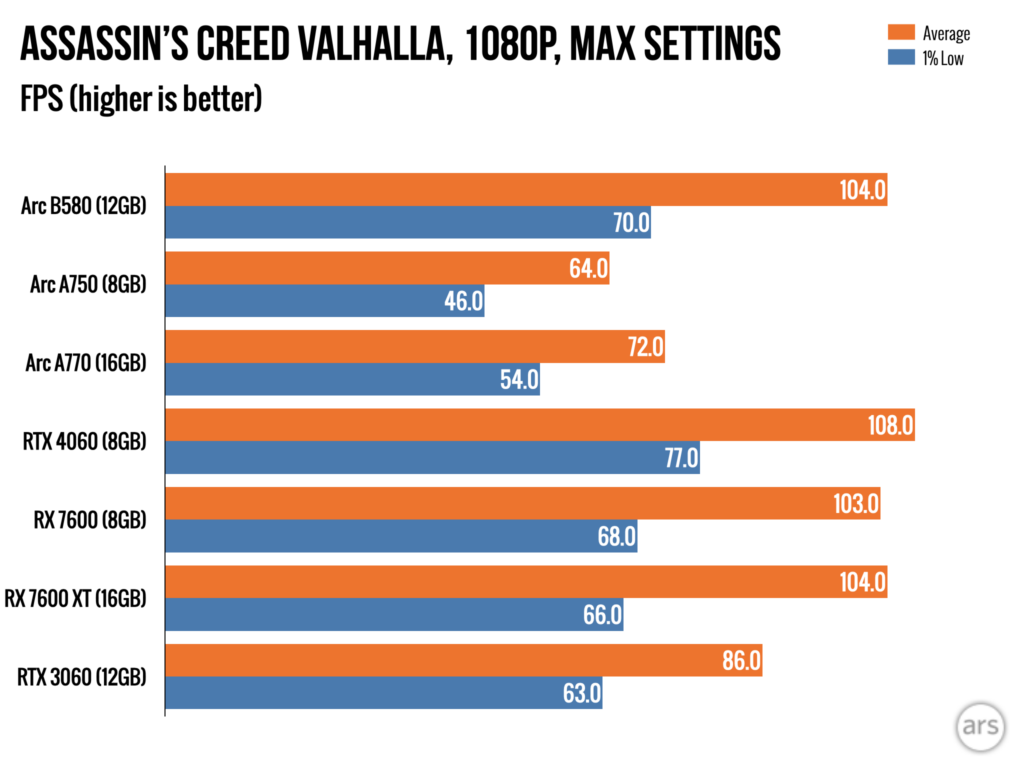
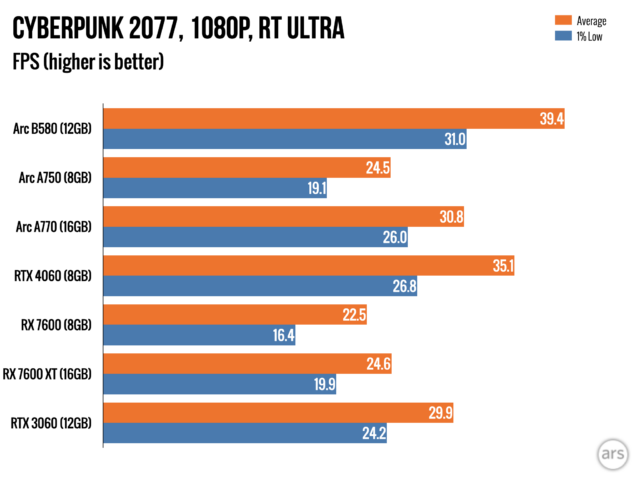
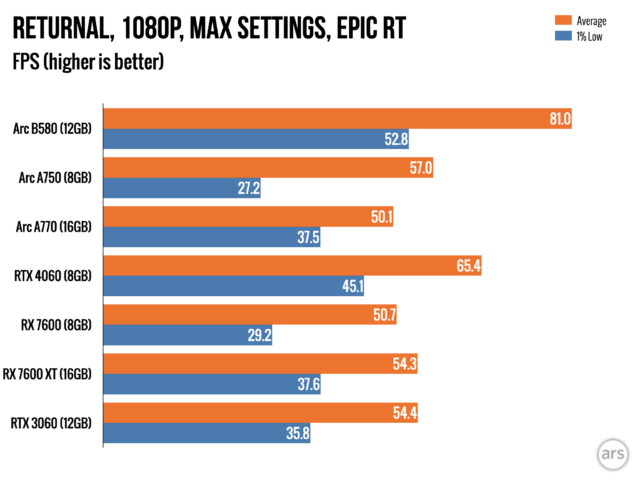
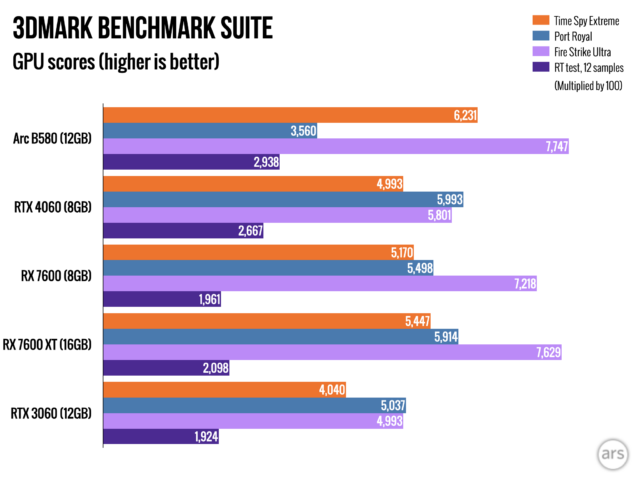



 Loading comments...
Loading comments...
